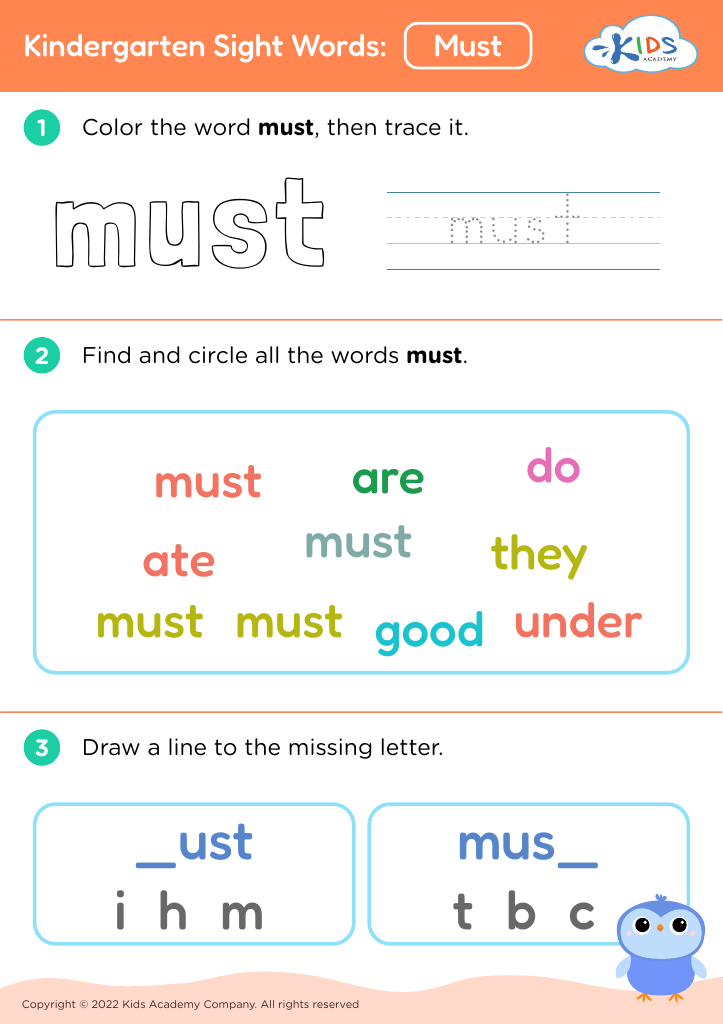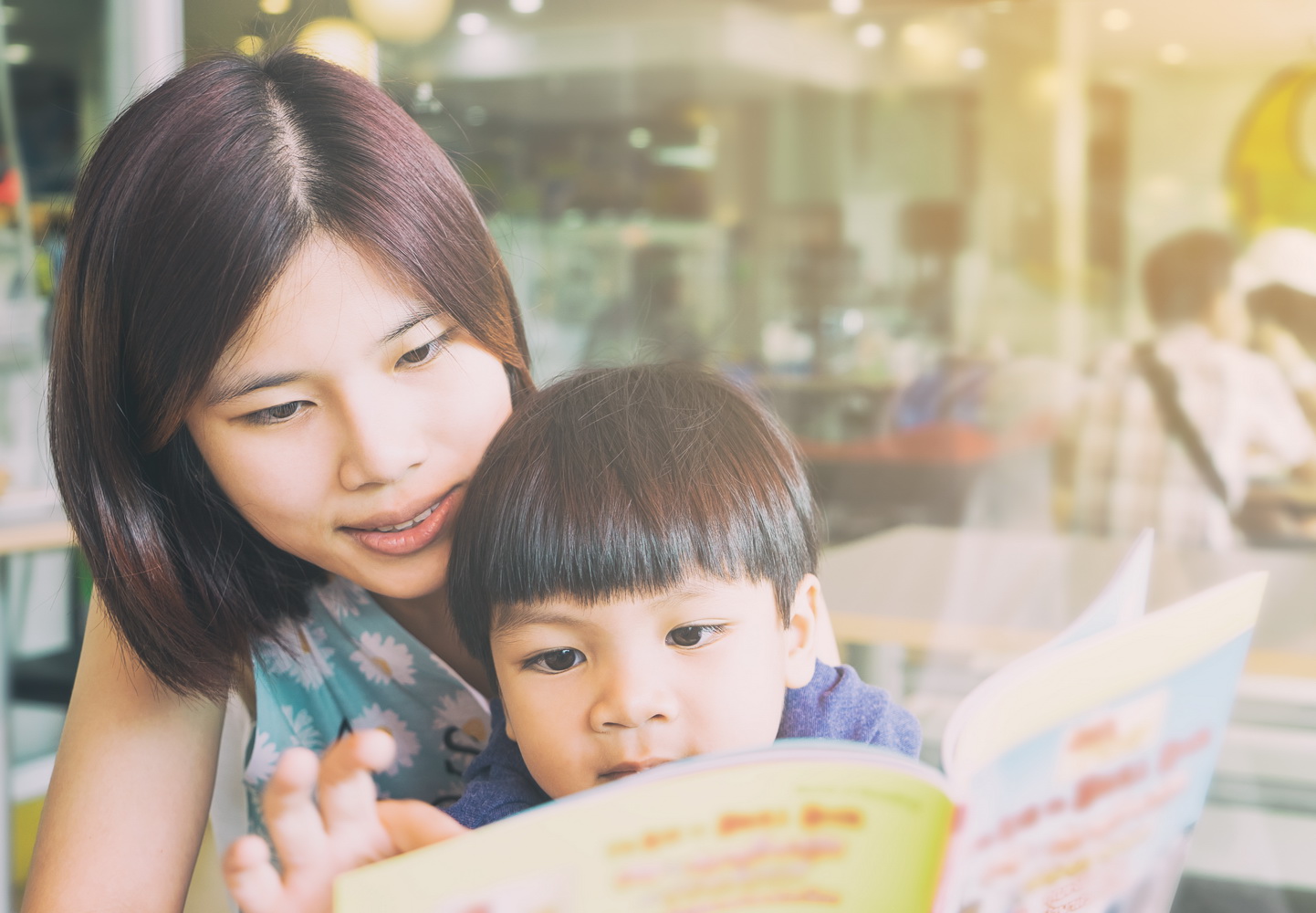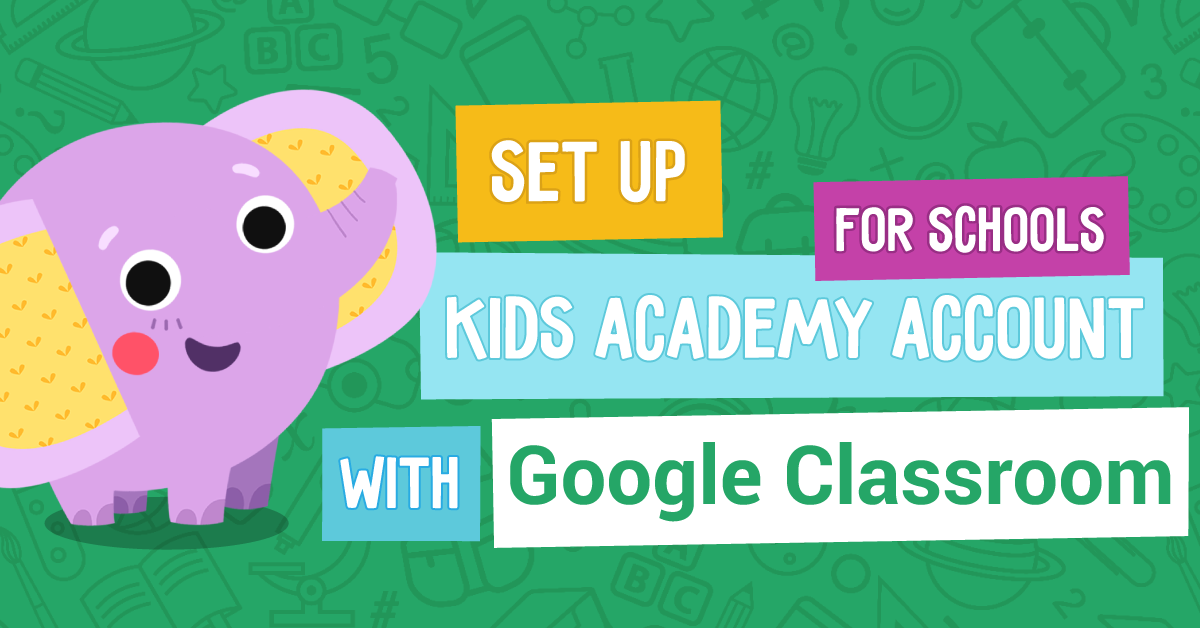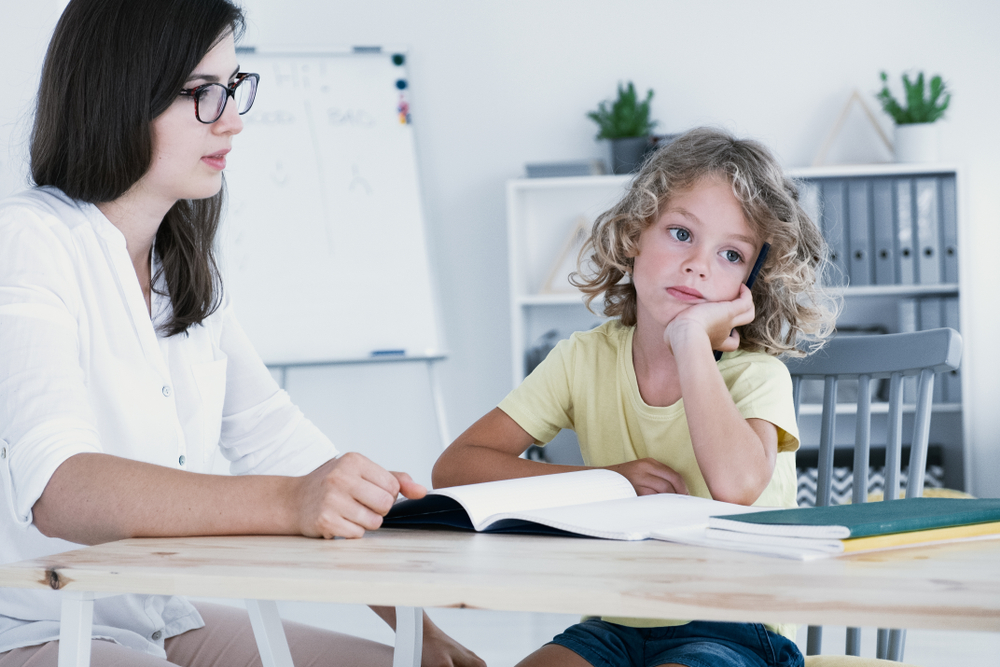Vocabulary development Reading Worksheets for Ages 5-6
13 filtered results
-
From - To
Enhance your child's vocabulary with our comprehensive reading worksheets designed specifically for ages 5-6. At Kids Academy, we understand the importance of early vocabulary development. Our engaging and interactive worksheets promote word recognition, comprehension, and language skills to lay a strong educational foundation. Each worksheet is thoughtfully crafted to captivate young learners' attention and foster a love for reading. Explore fun and effective activities that will help your child expand their vocabulary and boost their confidence in reading. Boost your child's literacy journey with Kids Academy's tailor-made learning resources. Start today and watch your young reader blossom!


“The Princess and the Pea” and “Cinderella” Worksheet
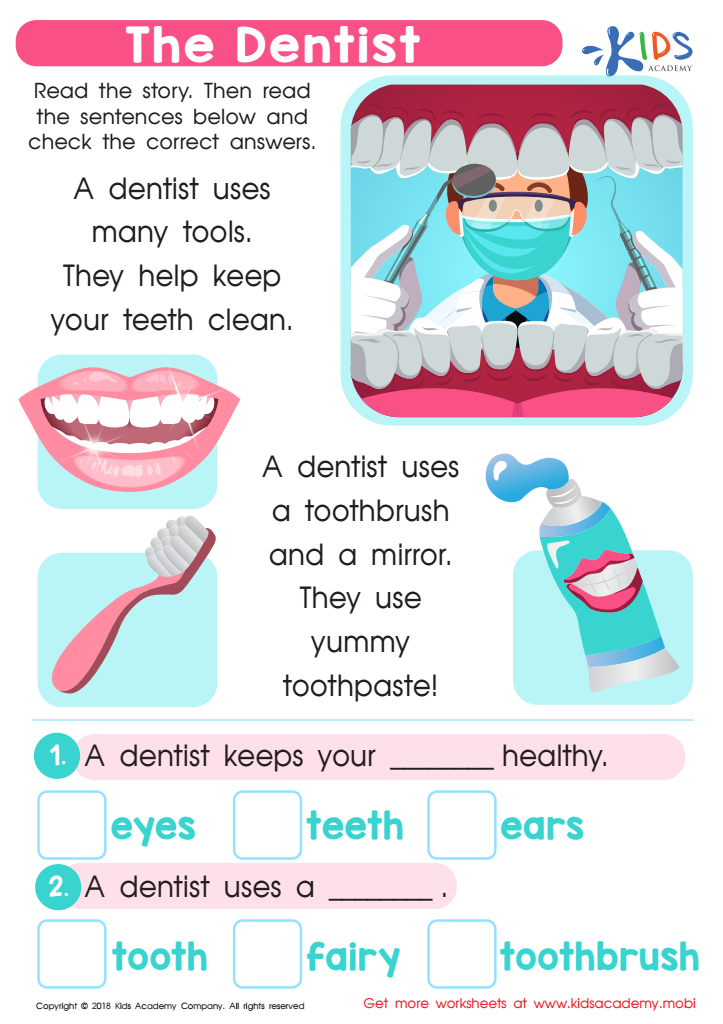

The Dentist Worksheet


Craft and Structure: Assessment 1 Worksheet
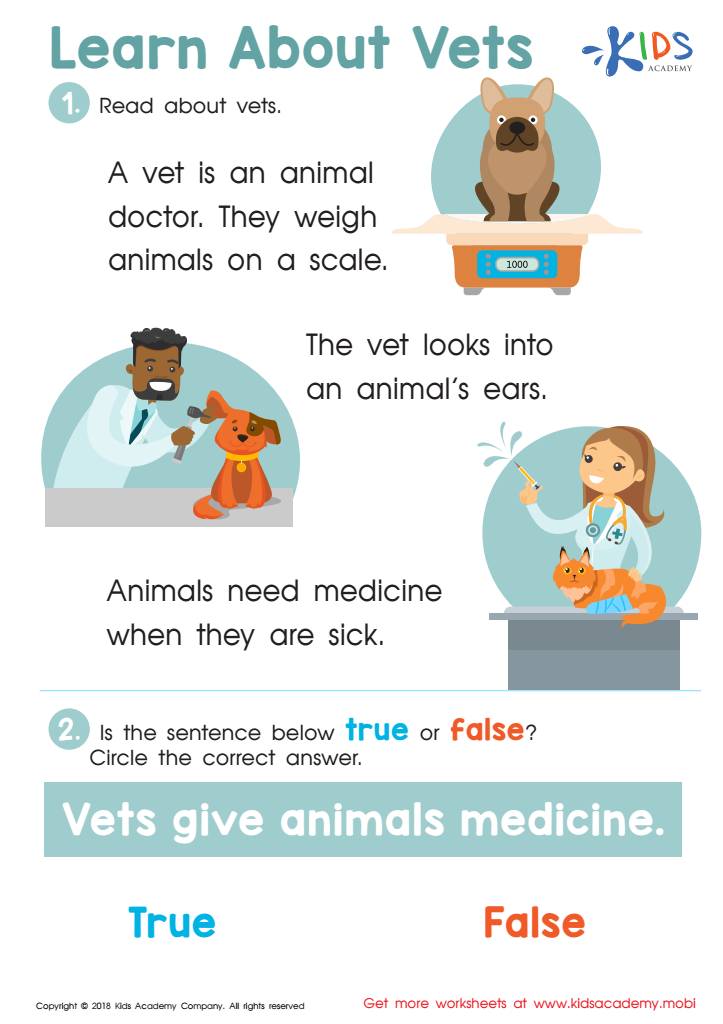

Learn About Vets Worksheet
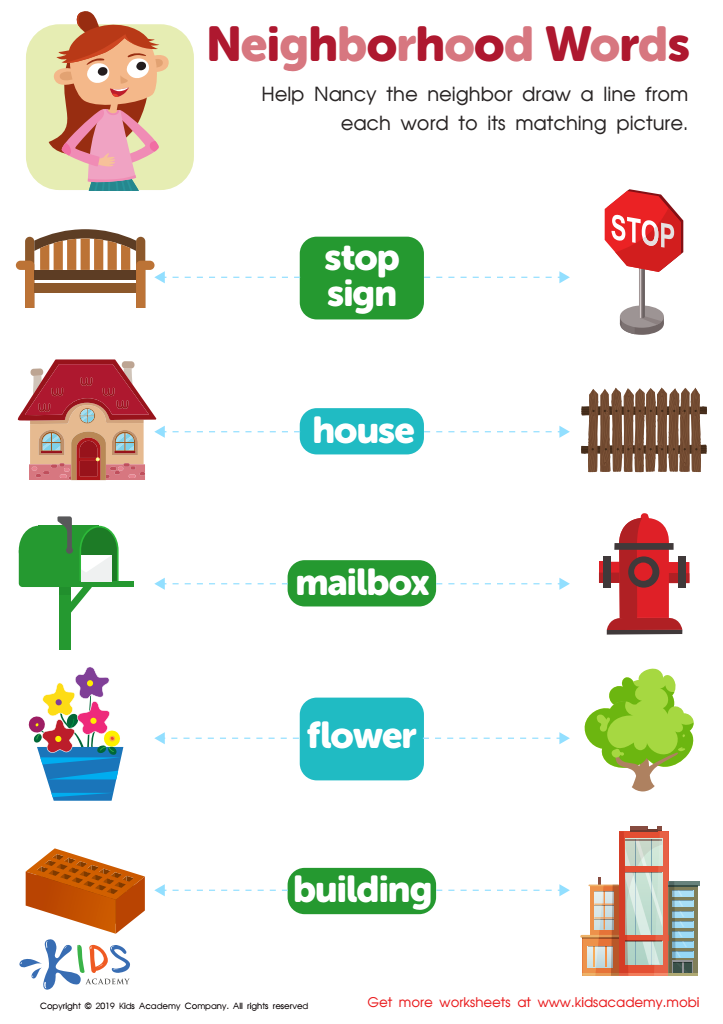

Neighborhood Words Worksheet
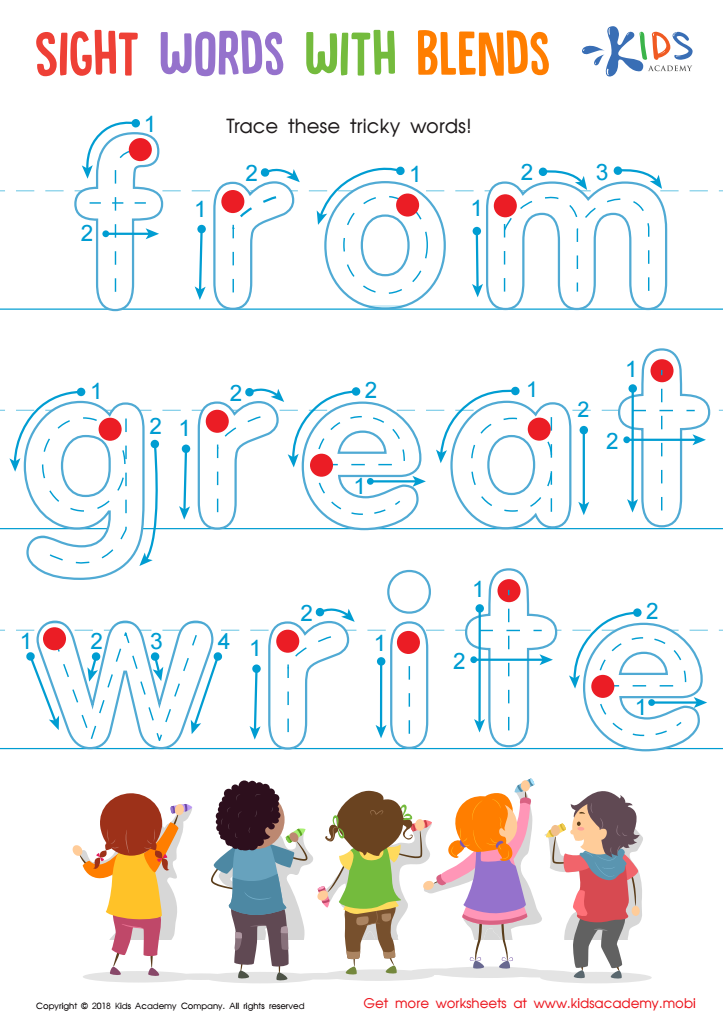

Sight Words with Blends Worksheet
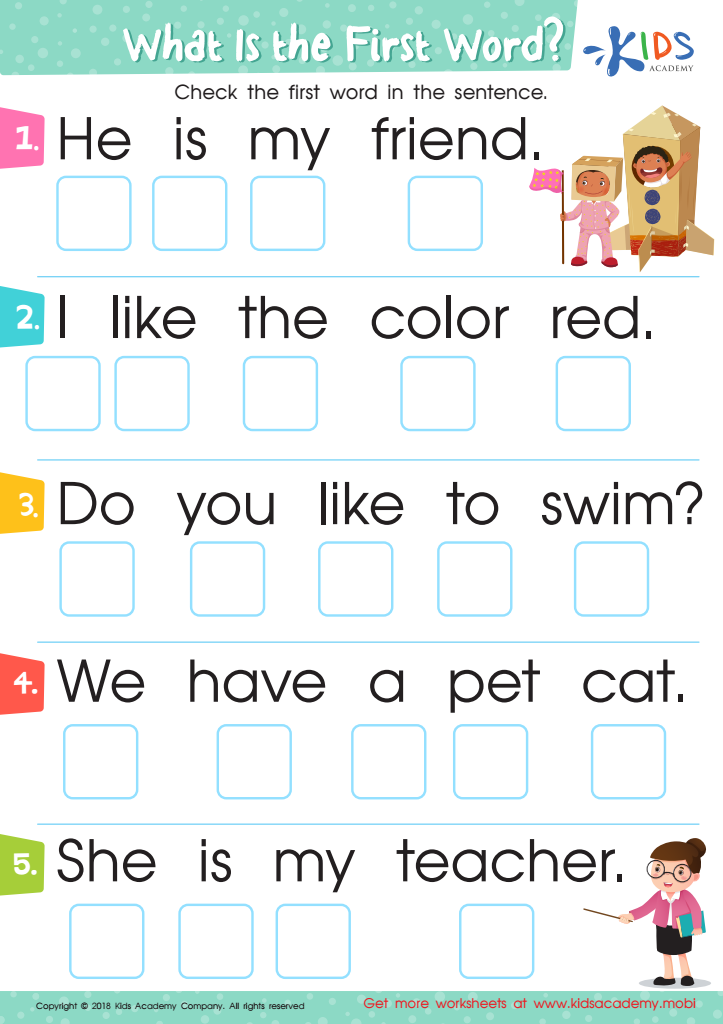

What is the First Word? Worksheet
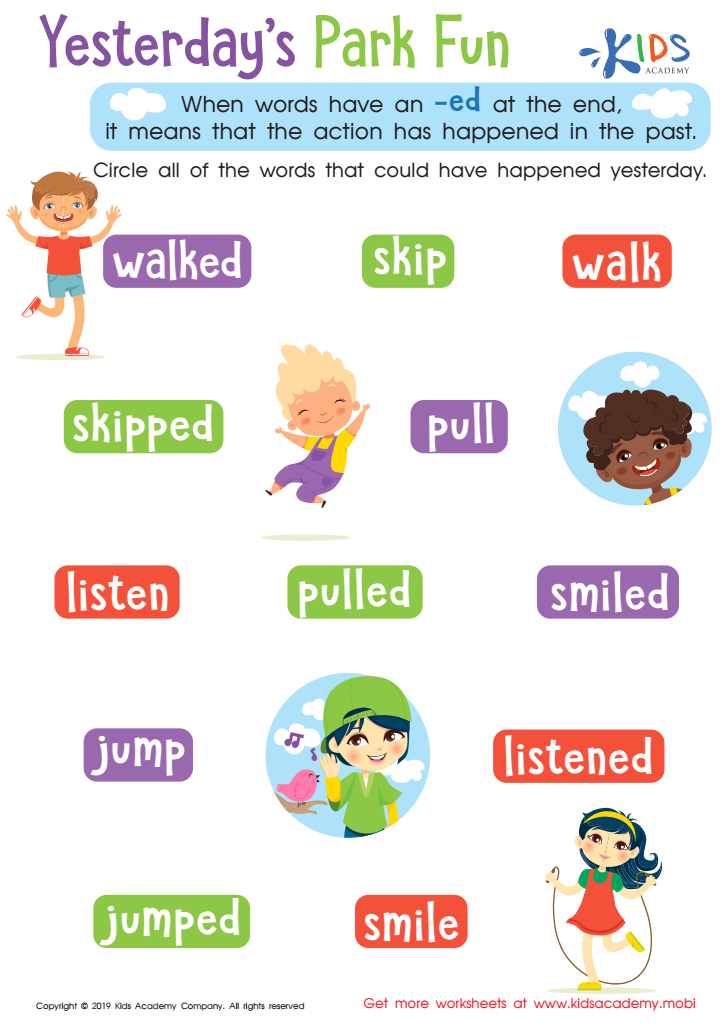

Yesterday's Park Fun Worksheet
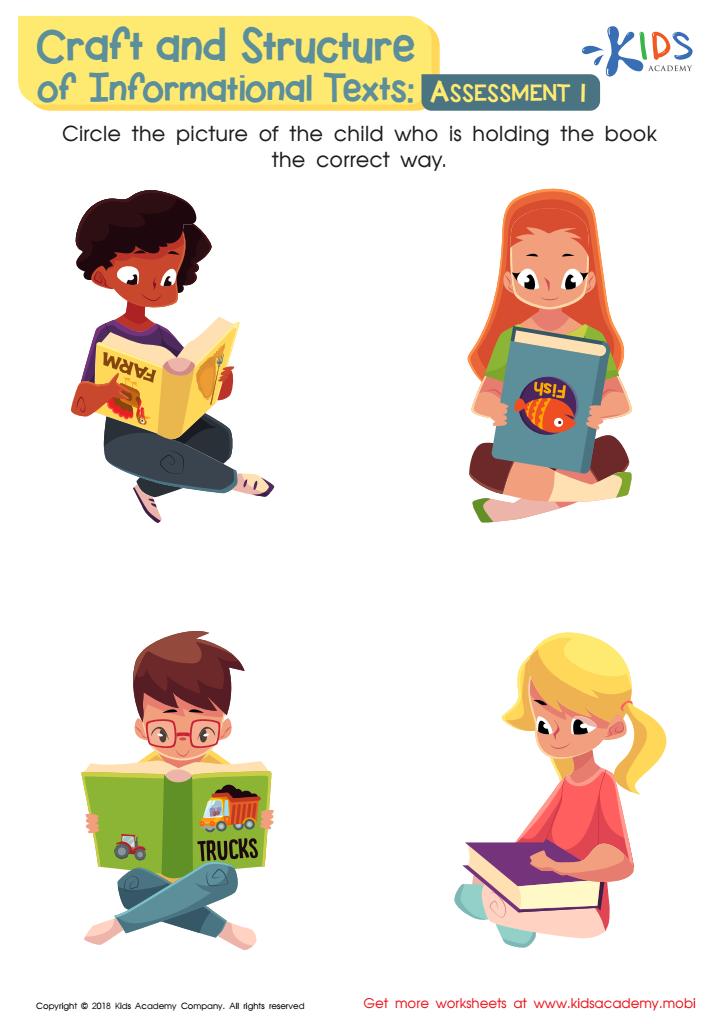

Craft and Structure of Informational Texts: Assessment 1 Worksheet


Find and Read: Like Worksheet


Up or Down Printable Sight Words Worksheet
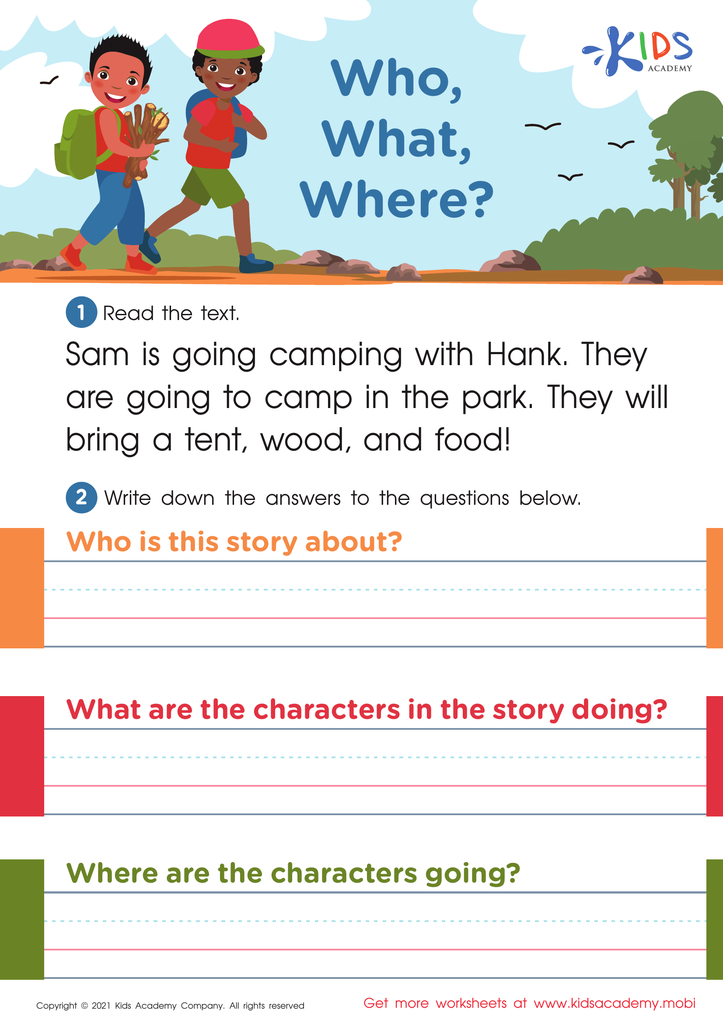

Who, What, Where? Worksheet
Vocabulary development is foundational for children ages 5-6, as it directly influences their academic and social success. At this critical stage, children are rapidly expanding their language skills, and a robust vocabulary enhances their ability to understand new concepts and instructions. This age is often when children begin formal education, so a well-developed vocabulary helps them more easily grasp reading materials and participate effectively in classroom discussions.
Moreover, vocabulary development supports literacy skills, particularly reading comprehension. When children encounter new words while reading, a strong vocabulary allows them to make sense of the text, making the experience enjoyable and encouraging a lifelong love of reading. It becomes a positive feedback loop: reading broadens vocabulary, and an expanded vocabulary promotes better reading skills.
Building a solid vocabulary also benefits emotional and social growth. Children with advanced language skills can express their thoughts, needs, and feelings more effectively, fostering better relationships with peers and adults. This communication ability is vital for developing empathy, problem-solving skills, and emotional intelligence.
Teachers and parents play a crucial role in fostering vocabulary growth by engaging children in rich conversations, reading aloud regularly, and introducing new words in a variety of contexts. By prioritizing vocabulary development, they set the stage for children’s overall success and confidence in both their academic journeys and personal lives.
 Assign to My Students
Assign to My Students

